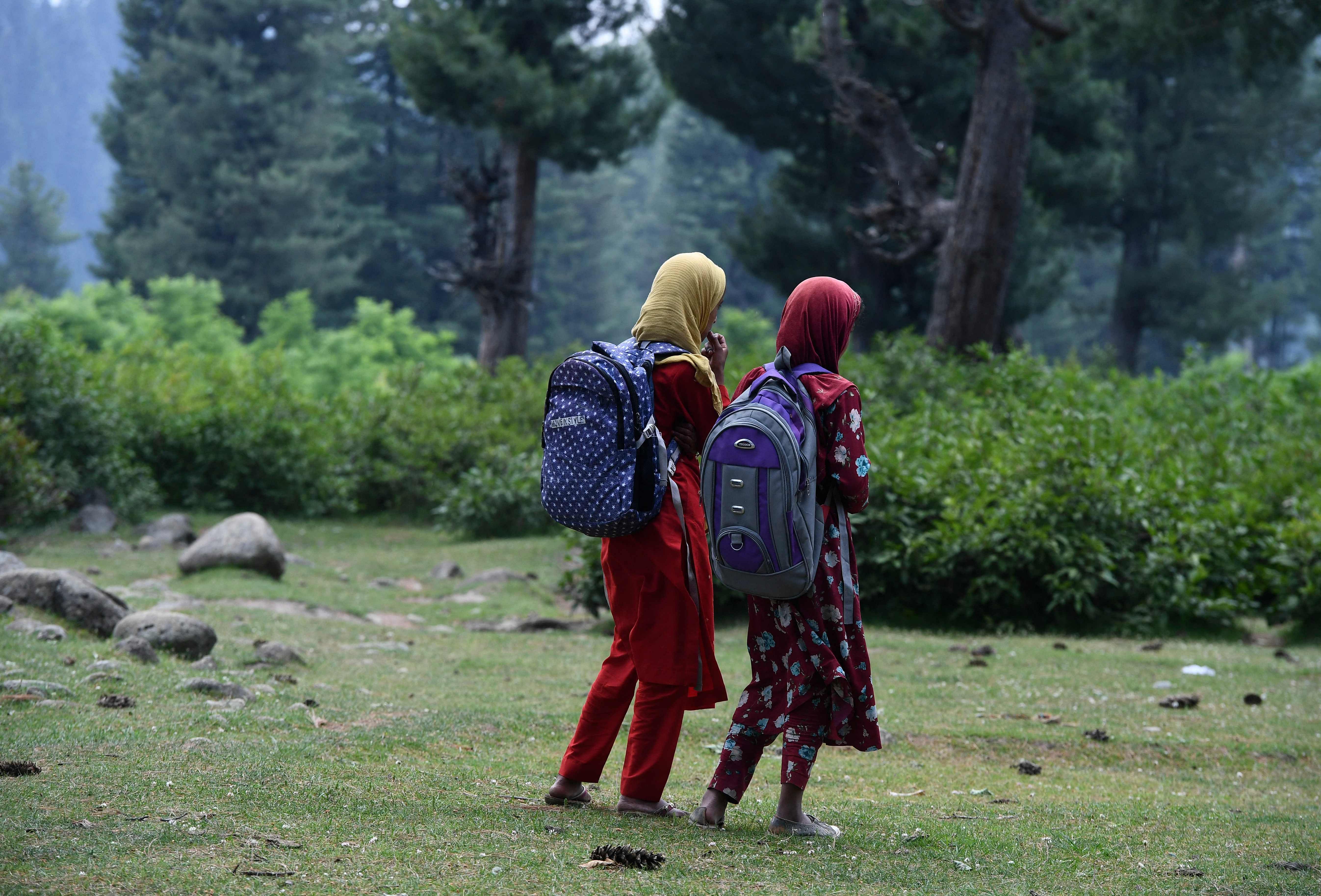
June 1, 2021, marked one year of the Unlock 1.0 of Covid-19 lockdown in India. The second most populous country in the world is reeling under death and disease with no respite in sight. The second wave busted the myth that Covid-19 is an urban phenomena as 533 out of 741 districts were reportedly affected by the current wave. Also, our wrongly placed confidence that children are somehow immune to the Covid-19 strain is shattered as the caseloads and fatality rates among children is increasing across the country, which is an emerging and concerning narrative that should not be ignored. A possible third wave, long delays in inoculating large populations including those under 18 could possibly put millions of children at risk in the near future if preventive steps are not taken.
The first wave of the pandemic in India pushed approximately 75 million people into poverty (earning less than $2 or less per day) which is nearly 60% of the global increase in poverty or 230 million Indians (as per a study by Azim Premji University), whose daily earnings are below Rs 375 ($5 per day), the minimum mandated daily wage suggested by a government-appointed committee.
A report by India Development Review says that, out of 159 organisations that were surveyed for Covid-19 second wave response, a whopping 71% of them said that the biggest demand was for food and rations in the communities they work. While half of the requests were for vaccine awareness and support, only 29% asked for funding to provide oxygen and medical supplies. It is, therefore, evident that those living in poverty require a lifeline of support and the narrative emerging from the grassroots is clear— Food to eat and money to survive. With millions of vulnerable people (e.g., migrant labourers) already pushed into poverty owing to the first wave of the pandemic, the resultant effect on children is unimaginable.
However, unlike the first wave, the second wave is infecting younger people and children. A possible third wave could hit the country in the August-September period, and there is no vaccination plan for those under the age of 18 as vaccine trials for children is still underway. The Covid-19 surge has led to appalling consequences for a greater number of children than the first wave— with constrained access to essential health, social protection and education services. The chaos and shortages in the medical care system witnessed during the second wave might be repeated and may even get worse if the system is not geared up for future challenges particularly related to children.
One of the most visible initial impacts of the pandemic, according to Unicef, is on children and their education as 1.5 million schools were closed down which impacted 247 million children in India. School closures also indicate that children are increasingly at risk of exploitation and could be engaged in the worst forms of child labour. Millions of young girls are dropping out of secondary schools, putting them at risk of early marriage, early pregnancy, trafficking and violence. The closure of schools also meant that about 120 million children did not receive their nutrition diet through the mid-day meal programme. It is estimated that 115 million children are at risk of malnutrition due to the pandemic and these numbers are frightening as we consider the existing reality of malnourished under-five children in India.
Children are also facing mental health issues, as lockdowns shut them off from their vital support networks. While the first wave spared many children, under 18 years, from the loss of their parents, the higher fatality rate among the age group of 30-40 years during the second wave has left many children without either one or both parents. The devastating effects of the loss of parents or caregivers could leave children vulnerable to several forms of abuse. Pleas for illegal adoption on internet platforms by relatives or families desperate to find homes for orphaned children were reported prompting fears of child exploitation.
Combating the aftershocks of the second wave and a successful outcome for the well-being of children will only happen if there is greater cohesion between the government and Civil Society Organisations (CSO). With many children losing their parents, a direct cash transfer programme by the government to the caregivers of the orphaned children could ensure that they are cared for and the subsequent monitoring and reporting could be done through the District Child Welfare Committees (DCWCs). Many CSOs could play a vital role in building capacity for the caregivers of the orphaned children and supporting the children through psychosocial care. Much of the work ahead on the ground involves changing the attitude and behaviour of the key stakeholders in the communities— parents, caregivers, faith leaders etc., to care for the children. Organisational structures such as the School Management Committees, District Child Welfare Committees and the local panchayats, among others, could be strengthened to play a greater role to ensure child well-being in their communities.
CSOs must recognise the systems and schemes already in place by the government and strengthen the system by identifying and filling systemic gaps. The government on its part, perhaps, should recognise the capability and field experience of the CSOs in bringing the much-needed healing touch and last-mile connectivity to the appropriate schemes, ensuring their effectiveness and reach. An environment of mutual trust and accountability could be the right framework to combat the pandemic. The genesis of Covid-19 in India may not be anyone’s responsibility but the end of the pandemic is certainly everyone’s responsibility.
(The writer is the CEO and national director, World Vision India)